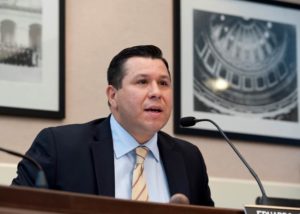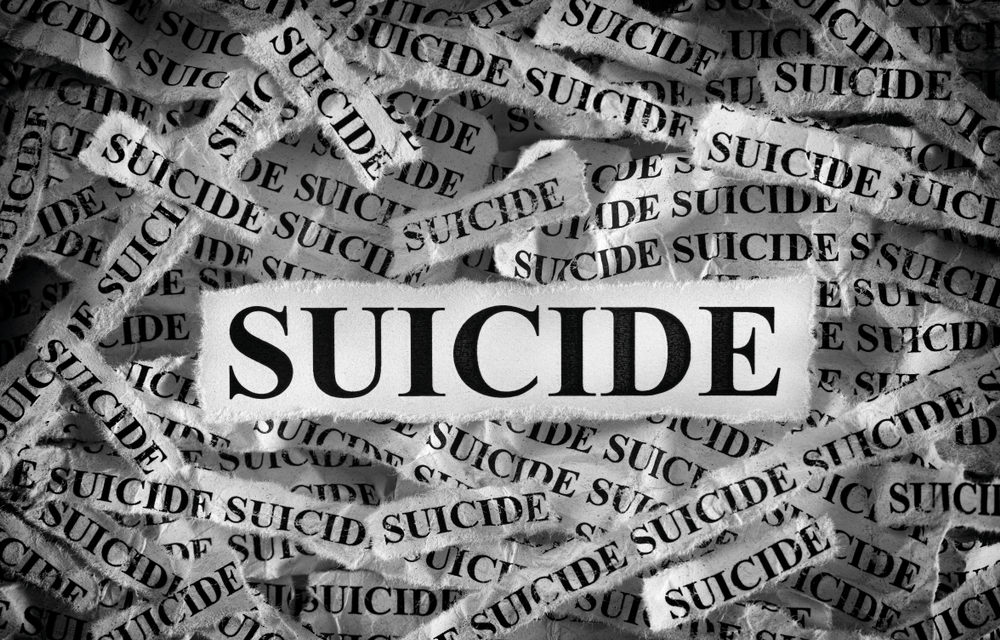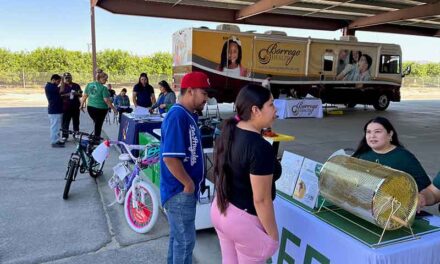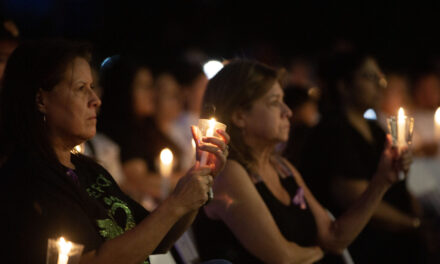AB 2112 creates a statewide Office of Suicide Prevention within the Department of Public Health to study and address the crisis of suicide
SACRAMENTO — An Office of Suicide Prevention will cost $1.07 million annually and is designed to coordinate state resources in one place. This Office will devote resources to studying what has been described as a “public health crisis.”
Office of Suicide Prevention will make recommendations to the legislature, and advise on best practices to ensure that statewide resources are used to properly affect the crisis. By creating a statewide Office of Suicide Prevention, the state Legislature can target specific populations with the greatest suicide risk to begin to address the root causes of the crisis.
AB 2112, which Governor Newsom has signed into law, created the Office of Suicide Prevention. It was one of 12 bills Assemblymember Eduardo Garcia, D-Coachella, advanced along with Assemblymember James C. Ramos, D-Highland.
In his 2020 State of the State address, Governor Newsom directly called for reforms to behavioral health laws that were ahead of their time when originally implemented decades ago, but now require improvements.
“It’s not a lot of money to be able to establish a centralized system for the state to work with all of the various entities — from the county who manages a lot of mental health services, to the nonprofits and non-governmental organizations that are doing great work,” Garcia told Uken Report.
Statistics are obviously alarming when you talk about veterans, when you talk about young people, Garcia said. “I believe one of the statistics is it’s the second highest cause of death for young people, and this pandemic has not made that any easier for young people to deal with, being isolated from, the socialized component of being a teenager, being in school. It’s been very difficult.”
In 2017, the most recent data available for California, the state’s suicide rate is 10.7 suicides per 100,000 residents and 4,323 violent deaths were due to suicide, with 10,048 hospitalizations and 34,371 emergency department visits associated with suicide, according to an Assembly floor analysis. Homicide and suicide are leading causes of premature death and are major contributors of years of life lost due to their significant impact on young people. Suicide is the second leading cause of death among adolescents and young adults ages 15-24 in California. In addition to human tragedies, based on only medical and work-loss costs, suicide result in estimates costs of $4.9 billion.
Rates of suicide vary greatly across the state, and suicide rates are highest in Northern California and along the eastern portions of the state, which are predominantly rural counties. The rate of suicide among males is over three times the rate among females. Suicide rates also peak at multiple stages throughout the lifespan, first among young adults (ages 25-29), followed by middle age (ages 50-64), and are highest at ages 85 and above. The highest suicide rate (45.1) is among older adult males, ages 85 and above. According to DPH, the public health approach to violence prevention focuses on the following four-step process: define and monitor the problem; identify risk and protective factors; develop and test prevention strategies; and, assure widespread dissemination of effective practices.
“I was talking to a friend yesterday, a 22-year-old college graduate is having a difficult time trying to find a job,” said Garcia, a father of three children, two of whom are teenagers. “He comes from a middle-class family, mom and dad are educated, they had to get him some help, because he’s just depressed to a point where they felt really helpless, and needed to get some professional support for this young man who just was not showing any signs of motivation, given the circumstances of isolation, and the limitations of interacting with folks. That’s happening across the state, and I have no doubt that it’s happening in our district as well. That’s why this office is so important, as it touches on a lot of different subjects, our veterans, our seniors, and our young people.”
There’s obviously a number of different entities at the state level that already work on these issues, Garcia said. The goal is to centralize the work at state level, and to help coordinate it from the state, all the way down to the delivery of services on the ground. That’s been the challenge.

Assemblymember Eduardo Garcia
“I can’t tell you how many times, at least in discussions on policy in Sacramento on bills, everyone’s doing things on mental health,” Garcia said. “Everyone wants to do more on addressing the issue of more counselors let’s say in the schools, or more counselors for our veteran services at the county levels. A lot of these efforts are so uncoordinated. So, the office is about trying to centralize information, resources, and trying to maximize what we’re doing to be able to at least have a bigger effect on the delivery of the services that are being funded by the state, and supporting the groups on the ground.”
The Latino Commission in Coachella does some amazing work working with parents and students, Garcia said. It is doing work inside the Coachella Valley Unified School District. There are school programs that have brought in cultural components to bring about healing to students and families that come from very distressed circumstances. And now our teachers, and other faculty professionals are also undergoing trainings, to be able to help students and parents cope with some of these challenges that they bring to the learning environment.
James Ramos, is the first California Indian to be elected to the State Assembly. He and Garcia are colleagues who routinely work on issues together. Ramos represents the 40th Assembly District, which encompasses the San Bernardino County communities of Highland, Loma Linda, Redlands, and parts of Rancho Cucamonga and the city of San Bernardino.
Obviously he brings a perspective that has impacted Native Americans, his reservation and across California, Garcia said.
“I empathize with those issues,” Garcia said. “We’ve seen how directly impactful these issues have been to Native Americans, but it transcends into our own community, and I think about all of the recent suicides that have been highlighted over the course of some years with teenagers. We’ve had parents in our office of some of these teenagers who have committed suicide, and it just breaks our heart to think that there were signs, there were some intervention efforts, but not enough to prevent the ultimate life being taken.”
“There isn’t a day that goes by, that we don’t see, or hear, about another veteran life taken away because of suicide,” Garcia said punctuating the need for the office.
Image Sources
- Assemblymember Eduardo Garcia: Assemblyman Eduardo Garcia
- suicide: Shutterstock







